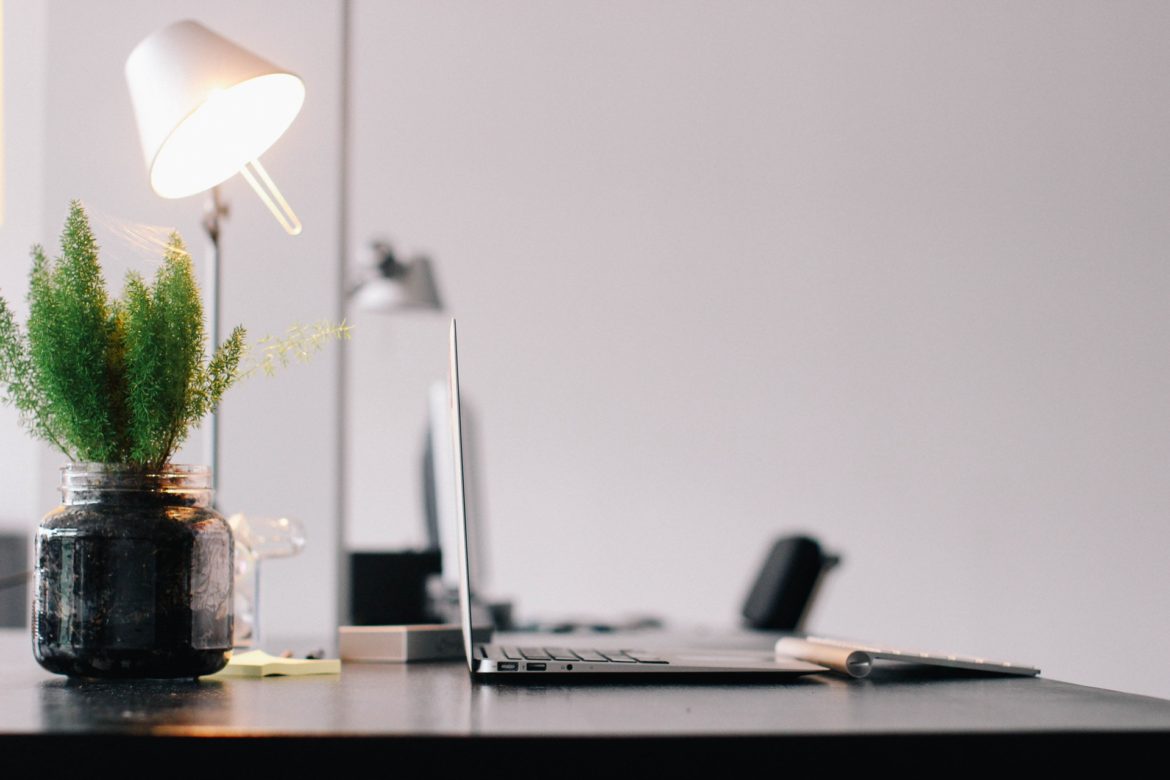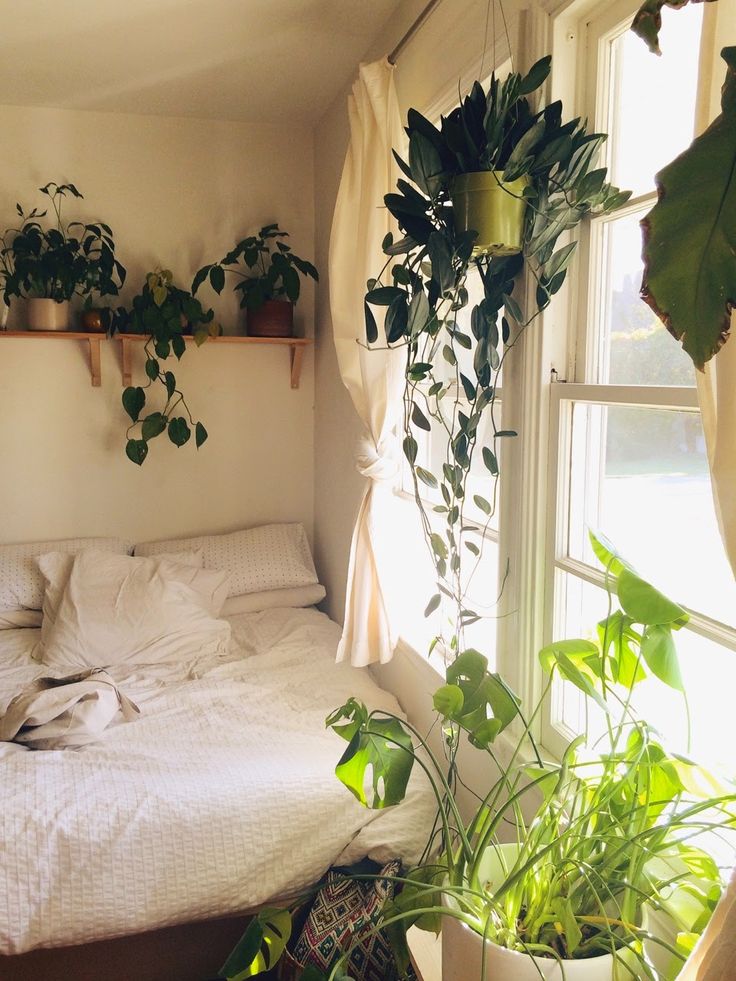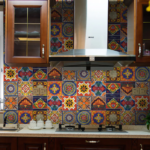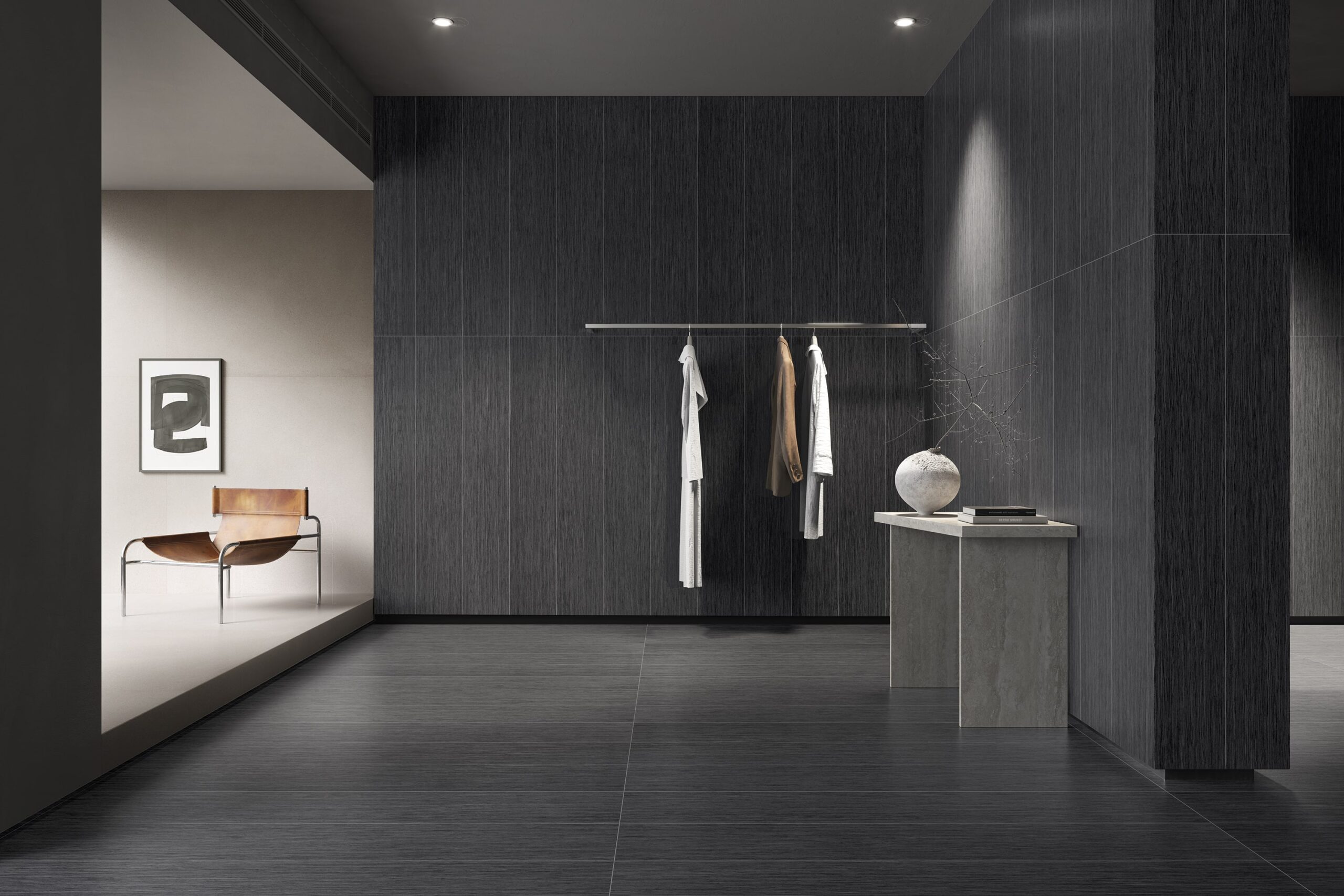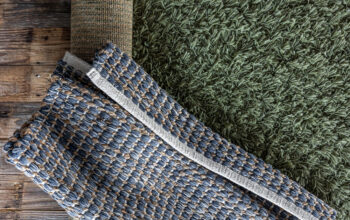Looking for a way to add value and tranquility to your home and mindset? One of the most beautiful ways to transform your house into a home is to add a good dose of greenery. Plants bring beauty, character, texture and incredible energy into every space they are presented.
Even if you don’t consider yourself to have a green thumb (on either hand), you may find that taking care of real flowers and plants brings a new kind of meditation into your everyday routine as you look after them and watch them flourish.
Pay attention to how you feel when you see beautiful greenery at developments such as Cassia at The Fields. With that in mind, here are some top tips for adding greenery to your own home.
Why Should You Add Greenery To Your Home?
- Plants enhance your existing décor! By adding greenery to your home, you instantly liven up your space and add color and texture. A plant that is placed in a bright pot adds a fun pop of color, especially if your house is full of neutrals.
- Additionally, plants purify the air. Indoor air pollution (from furnishings, finishes and household cleaners) is a considerable hazard to our health, and plants increase oxygen levels and help to remove these toxins from the air.
Visit your local nursery to talk to a plant specialist and find out which plants are the best for your home, or you can do some research online.
- Plants make people happy! Studies show that having indoor plants provides a calmer environment for you and your housemates. This, in turn, contributes to your overall well being and makes you feel more optimistic. It is why everyone who lives in luxurious family villas is so content!
Which Plants Should You Add?
- Split Leaf Philodendron — Purifies air and removes formaldehyde.
Tip: Place near crafting areas or in new or renovated homes with fresh paint, new floors, etc.
- Snake Plant — Purifies air and removes nitrogen oxide produced by fuel-burning appliances.
Tip: Place in kitchens or rooms with wood stoves.
- Peace Lily — Eliminates mold from your air.
Tip: Place in bathrooms or damp areas of the home.
- Aloe Vera — Aloe vera is useful to have in the home (especially if you live in warm locales) as the gel inside soothes any skin inflammation caused by sunburn.
Tip: To soothe skin inflammation, cut a long stem off, then cut it in half and squeeze the gel directly on the skin. If necessary, place the remaining stem into the freezer for an extra cooling effect.
How to Choose The Right Plant Pot For Your Plant
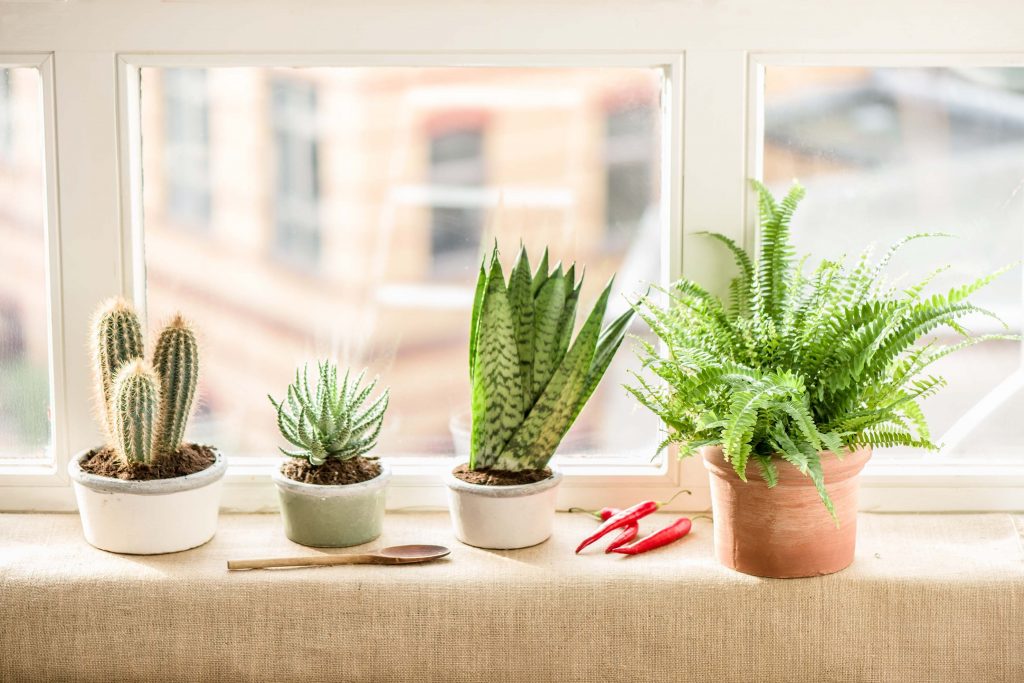 Image source: https://blog.hellofresh.co.uk/house-plants-busy-people/
Image source: https://blog.hellofresh.co.uk/house-plants-busy-people/
In this case, size does matter! If you choose a pot that is too small for your indoor plant, then the plant will dry out quicker and become root-bound without extra room to grow. On the other hand, if the pot is too large, it will require more dirt and water than needed and this can lead to root rot, a sure-fire way to kill your plants.
- To find the correct size, select a pot that is a size larger in diameter than the pot the plant comes in. For example, if the plant is in a 10-inch plastic container, upsize to a 12-inch pot.
- Any pot you buy should have a hole in the bottom for excess water to drain out. Otherwise, if water collects at the bottom of the pot, it can cause root rot.
- Due to the drainage hole, a saucer will be needed underneath the pot to protect your wood floor or carpet. If possible, purchase a clay saucer that matches your pot. Another option is to buy a clear plastic tray to place under the plant during each watering session.
- If you find a pot that you love that does not have a drainage hole, then put rocks at the bottom before putting in the soil to help drain the extra water.To ensure your plants live as long as possible, capture rainwater in a bucket outside and use this to water your plants. Undeniably, plants thrive when given natural sources of water. Every once in a while, wipe down the leaves of each plant with a damp cloth to ensure the best absorption of air particles and toxins.
Finally, if you have pets, keep in mind what types of plants are toxic for them before jumping in and making any purchases. Similarly, consider where in your home you can keep the plants (on higher tables or shelves), so they can be placed out of reach of those pesky paws.
Related Posts

